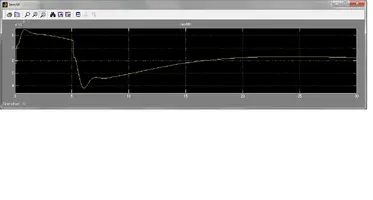Jean Claude
Junior Member
- Joined
- Jan 2, 2009
- Messages
- 2,609
- Location
- Centre FRANCE
- Aircraft
- I piloted gliders C800, Bijave, C 310, airplanes Piper J3 , PA 28, Jodel D117, DR 220, Cessna 150, C
- Total Flight Time
- About 500 h (FW + ultra light)
Nicolas, I entered 340 rpm for 7.3 mx 0.216 m 2450N, 25 m / s
It gives me A.o.A (disk) = 9.7 °, a1 = 2.14 °, B1 = 1.16°, rotors pitch = 3.2 °, retreating blade is stalled until .45 R
Now, when I give the disk 25 °, the lift of 17.5 m / s and 265 rpm is 2130 N, a1 = 2.6 °, b1 = 1.25 °, retreating blade is stalled until .7 R.
Accelerating torque: 260 Nm
It gives me A.o.A (disk) = 9.7 °, a1 = 2.14 °, B1 = 1.16°, rotors pitch = 3.2 °, retreating blade is stalled until .45 R
Now, when I give the disk 25 °, the lift of 17.5 m / s and 265 rpm is 2130 N, a1 = 2.6 °, b1 = 1.25 °, retreating blade is stalled until .7 R.
Accelerating torque: 260 Nm
Last edited:






